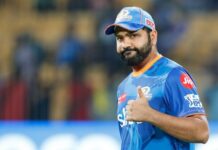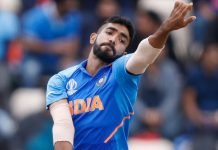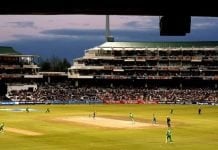Duckworth-Lewis method or D/L method offers a finish to games interrupted due to bad weather or poor light. In such games, the Duckworth-Lewis method or DL method offers a revised target adjusted through mathematical calculations. Let us read more about Duckworth-Lewis method and try to understand it.
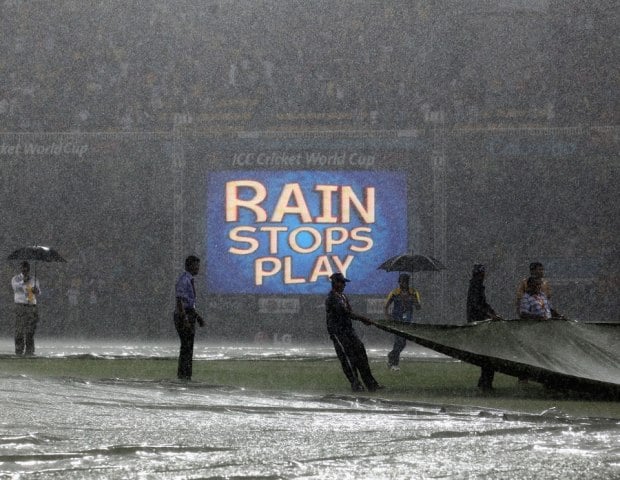
Duckworth-Lewis method or D/L Method – About
Duckworth-Lewis method is actually a mathematical formula. Duckworth-Lewis method was designed by two English statisticians, Frank Duckworth and Tony Lewis, to calculate the target score for the team batting second in a match interrupted by weather or some other reasons. It is accepted as one of the most accurate and effective methods to reach to a result in an interrupted game of play.
Duckworth-Lewis Method or D/L Method – How It Works
The Duckworth-Lewis method tries to strike a balance by considering the two most important factors for a team when chasing. The Duckworth-Lewis method considers overs to play and wickets remaining. Using these two factors as basic resources, the Duckworth-Lewis method tries to come up with a fair target for the team chasing. The Duckworth-Lewis method in the process has made many mistakes and several changes as well as modifications have been made to the D/L method. It is still in use since its inception in 1999 and remains the only effective method for calculating that fair target in order to obtain a result from matches.
Duckworth-Lewis method or D/L Method – Interesting Cases
The most interesting cases related to the Duckworth-Lewis method are:
1. In the 4th India – England ODI in the 2008 series, the 1st innings was interrupted by rain on a couple of occasions and the match was reduced to 22 overs a side. India made 166/4. England’s target was therefore set by the D/L method at 198 from 22 overs. England scored 178/8 and India won by 19 runs under the D/L method.
2. The 5th ODI between India and South Africa in Jan 2011, where rain halted play twice during the first innings, the match was then reduced to 46 overs. It was South Africa who scored 250/9. The D/L method was used and the target was 268. The no. of overs was reduced in between South Africa’s innings, hence this method takes into account what South Africa would have scored if not interrupted firstly.
3.
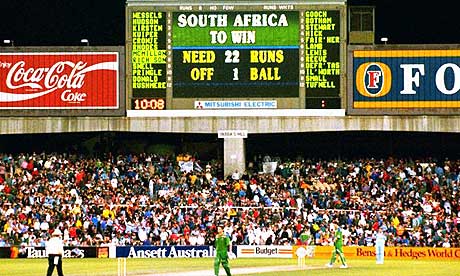
The most infamous example is of the wrong application of the “best-scoring overs” method used in the 1992 Cricket World Cup. In the semi-final between England and South Africa, rain stopped play for 12 minutes when South Africa needed 22 runs from 13 balls. Once the rain stopped, the revised target for South Africa was a ridiculous 21 runs from just one ball. This meant the reduction of only one run compared to a reduction of two full overs.
The Duckworth-Lewis method has had its ups and downs but what matters is that it continues to be a part of the game. So now, you are all educated and updated when the next weather interrupts play and the Duckworth-Lewis method is applied.

